With a striking appearance, the Rufous Motmot boasts a vibrant orange chest and head that sharply contrasts with a black mask resembling that of a bandit. Its mostly cinnamon-rufous coloring is complemented by green wings, sides, and lower abdomen, as well as a dark blue tail and flight feathers. The tips of its tail feathers are noticeably bare-shafted rackets, while its legs and bill are solid black. This bird’s unique and colorful features are truly a sight to behold. Photo credit goes to ryanacandee under CC BY 2.0.
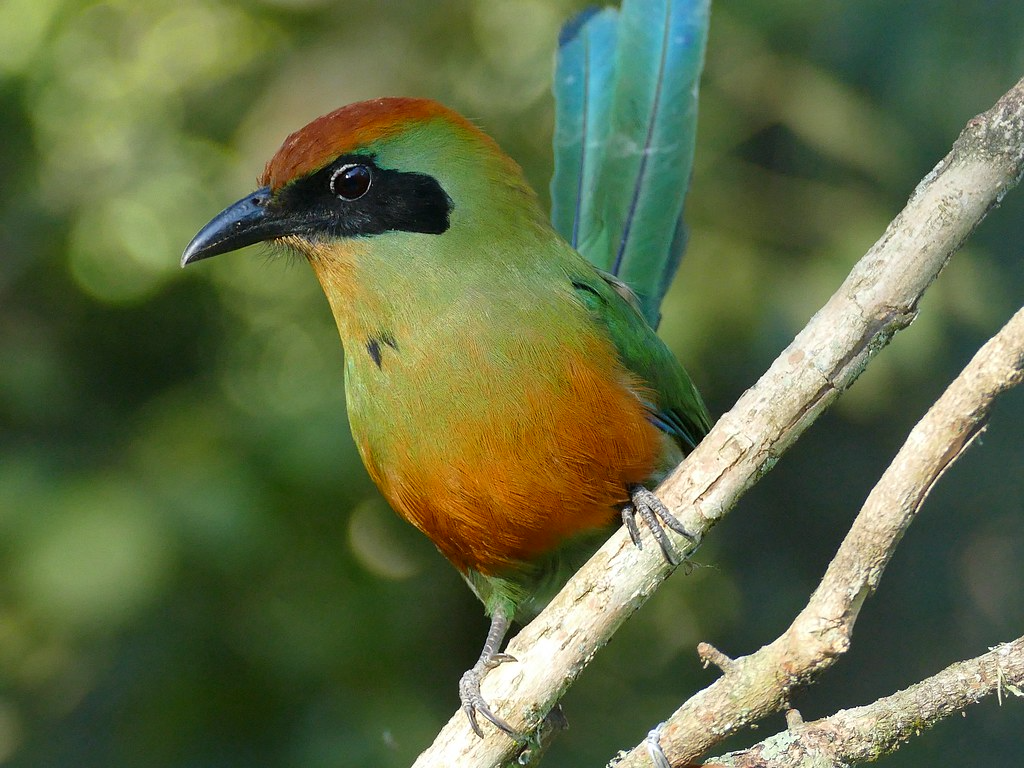
Quitbanana/CC BY-SA 2.0 has generously provided the photo for us. When it comes to this species, it can be tricky to distinguish between males and females because they look very alike. However, you can spot the juvenile birds by their lack of tail rackets, chest spot, and overall dull plumage.
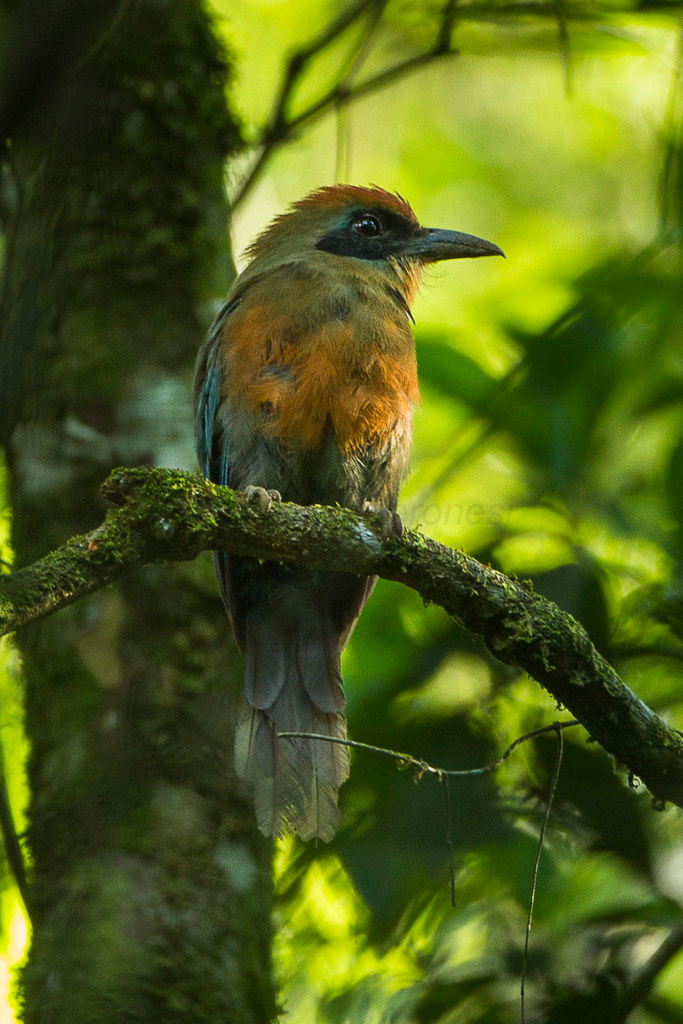
The bird in the picture, which is credited to fveronesi1 under the CC BY-SA 2.0 license, can only be found in a specific region. It is native to the area stretching from northeastern Honduras all the way down to western Ecuador, northern Bolivia, and western Brazil.
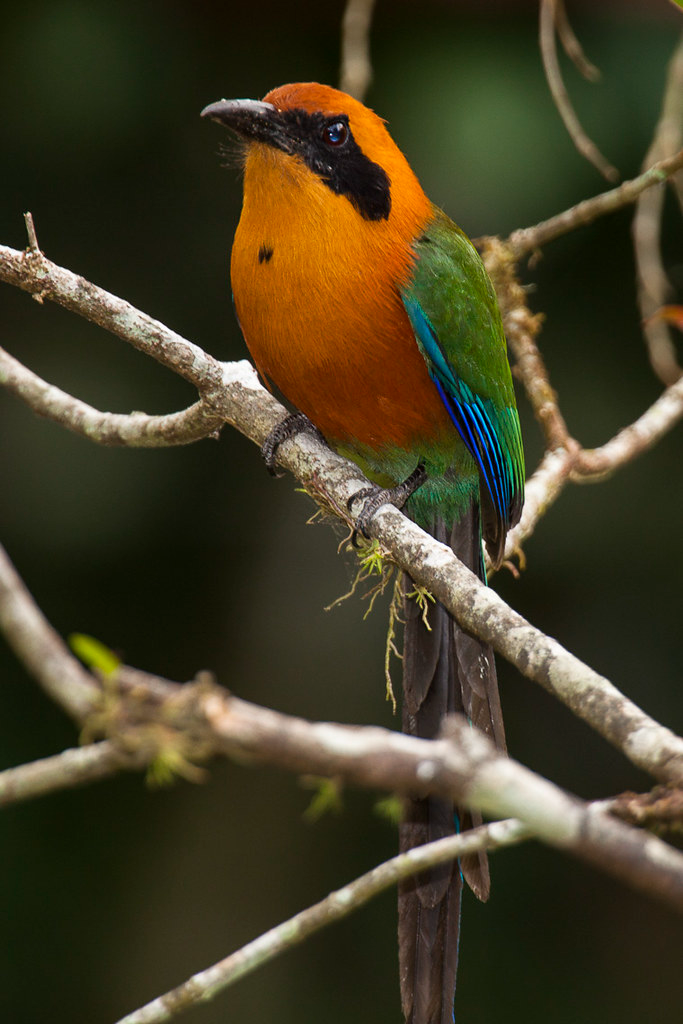
The feathered creatures in the picture have a fondness for living in areas with high humidity that are covered with evergreen forests. They particularly enjoy tall trees located near rivers and streams and avoid areas with dense foliage. Their preferred habitats include both primary and secondary forests, and they can be found at elevations ranging from 1250 m (4,100 ft) to 1,600 m (5,200 ft). The photo was taken by fveronesi1 and is licensed under CC BY-SA 2.0.
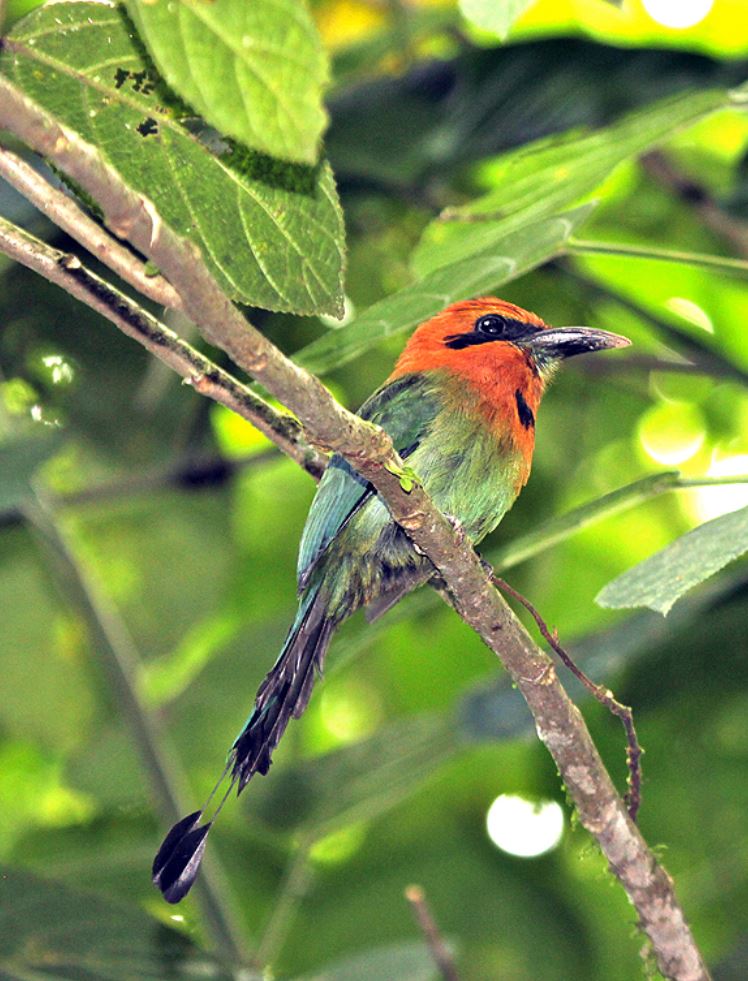
Rufous Motmots, known for their omnivorous eating habits, have a diverse diet that includes insects, lizards, fish, crabs, fruit, and vegetation. A photograph by Ignacio Zamora, which has been cropped, depicts these birds in action.
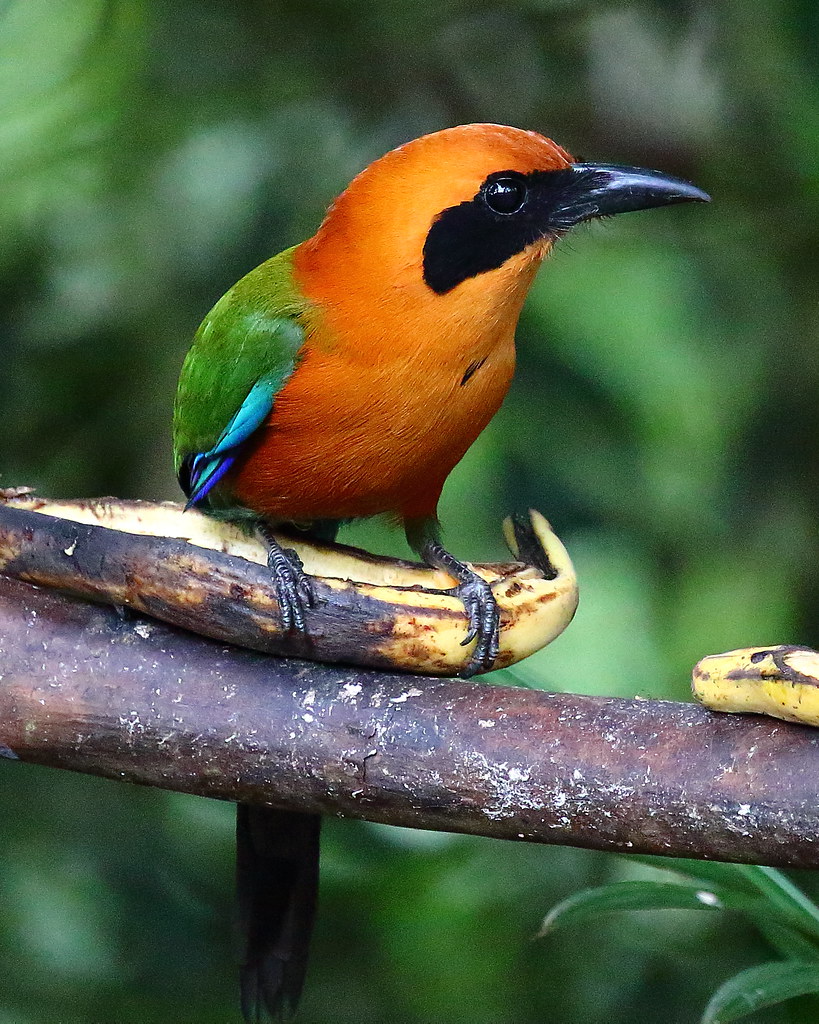
The bird’s breeding period varies from place to place, but it usually falls between March and June. They dig a lengthy burrow that measures about 10-16 feet (3-5 meters) during this time, although they may occasionally rework a mammal’s burrow. Inside the burrow, they deposit a batch of 3-5 eggs. This photo is credited to ryanacandee under CC BY 2.0.
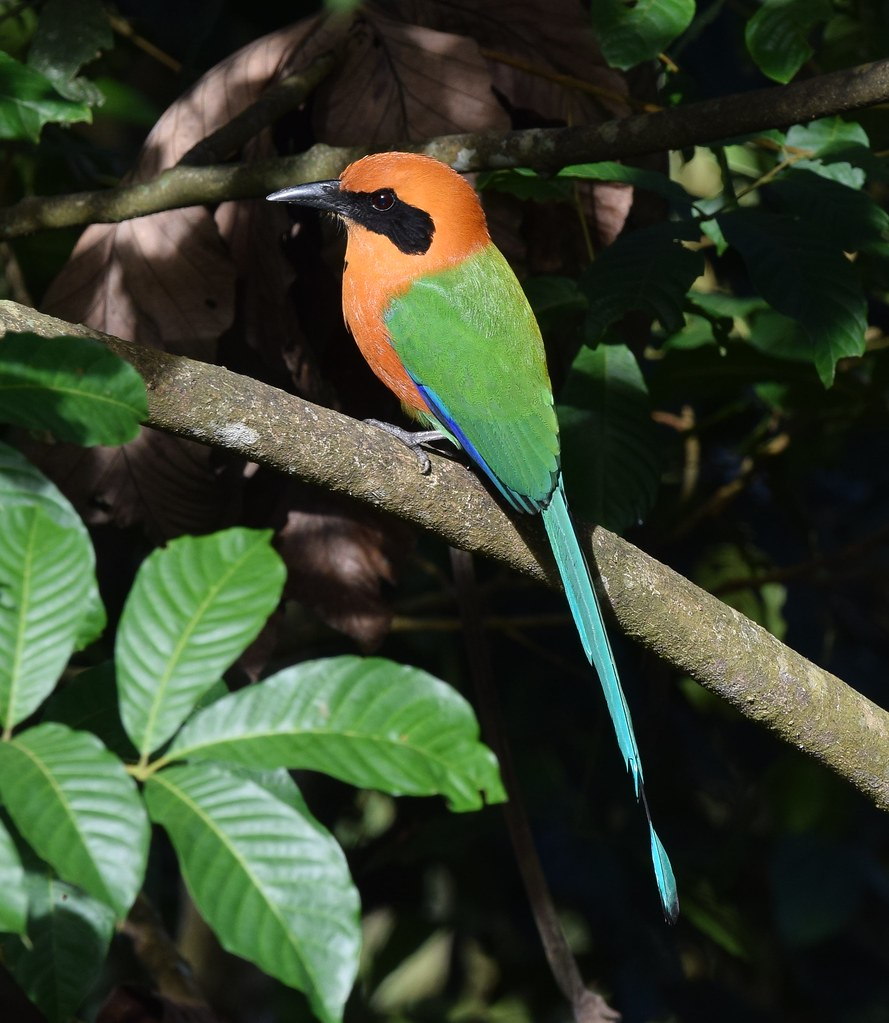
The photo credit goes to Wildreturn under CC BY 2.0. According to the IUCN Red List, this bird is categorized as Least Concern.
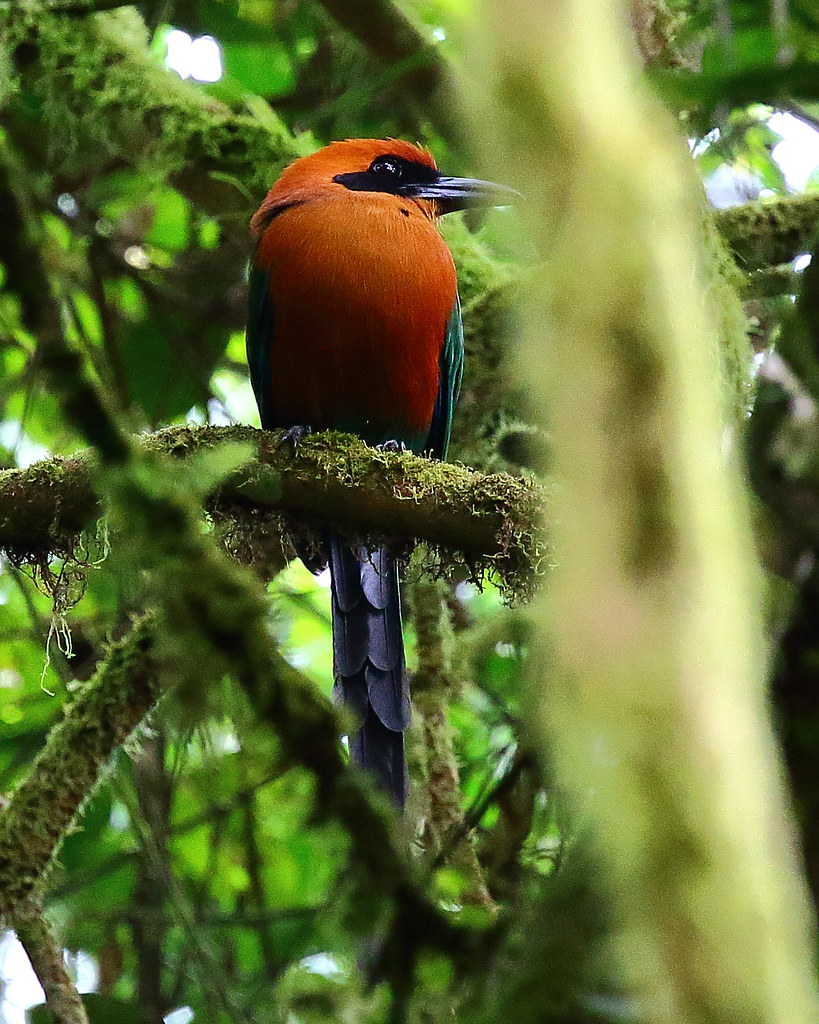
The video below features a bird that you can observe and hear, as shown in the photo credited to ryanacandee under CC BY 2.0.
